Home>Gardening & Outdoor>Outdoor Structures>How To Heat A Shed
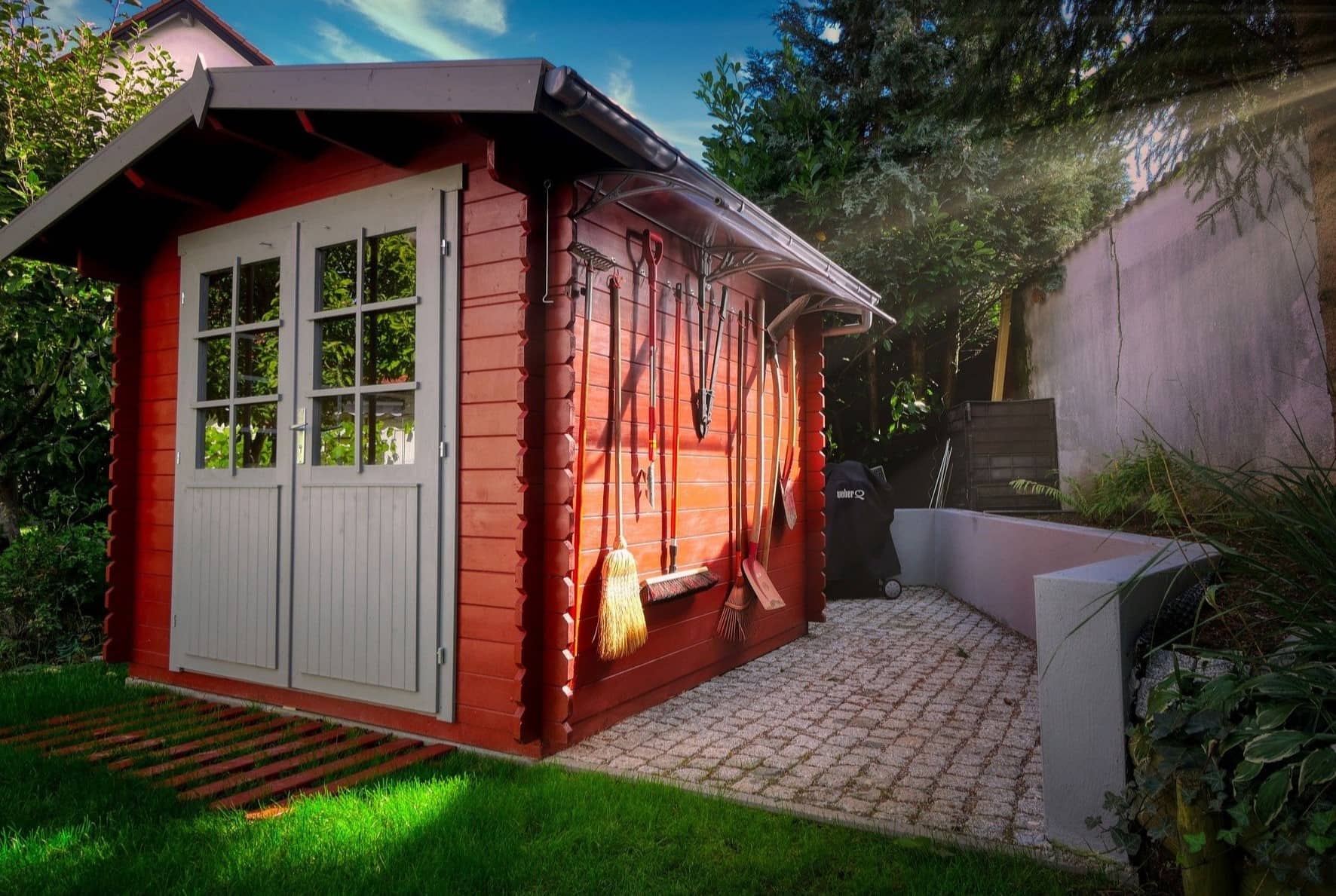

Outdoor Structures
How To Heat A Shed
Modified: August 27, 2024
Learn how to effectively heat your outdoor structures with our comprehensive guide. Keep your shed warm and cozy all year round.
(Many of the links in this article redirect to a specific reviewed product. Your purchase of these products through affiliate links helps to generate commission for Storables.com, at no extra cost. Learn more)
Introduction
So, you've got a shed, and you want to make it a cozy retreat, a functional workspace, or a storage area that's protected from the harsh elements. Whatever your vision may be, one crucial element to consider is how to keep your shed warm during the colder months. Whether you plan to spend time tinkering on projects, organizing tools, or simply safeguarding items that are sensitive to temperature changes, ensuring that your shed remains comfortably heated is essential.
Heating a shed involves a thoughtful approach, taking into account various factors such as the shed's size, insulation, and the specific heating needs based on its intended use. By assessing these aspects and understanding the available heating options, you can create a warm and inviting space that serves your purposes effectively.
In this comprehensive guide, we'll explore the key steps to successfully heat your shed, from evaluating its current condition to selecting the most suitable heating method and ensuring proper installation. By the end of this journey, you'll be equipped with the knowledge and insights needed to transform your shed into a snug and functional area, ready to withstand the chill of the seasons. Let's embark on this enlightening exploration to discover the best ways to heat your shed and make the most of this valuable outdoor structure.
Key Takeaways:
- Assess your shed’s size, insulation, and intended use to determine its heating needs. Prioritize insulation and sealing to retain warmth and save energy.
- Choose the right heating option based on your shed’s size, power source, and safety considerations. Prioritize safety during installation and ongoing maintenance.
Read more: How To Heat A Shed Without Electricity
Assessing the Shed
Before delving into the specifics of heating your shed, it’s essential to conduct a thorough assessment of the structure. This evaluation will provide valuable insights into the shed’s current condition and help determine the most effective heating approach. Here are the key aspects to consider when assessing your shed:
- Size and Layout: Take note of the shed’s dimensions and layout. Larger sheds may require more robust heating solutions, while smaller ones might be adequately served by simpler methods. Additionally, consider the internal layout and how the heating will need to be distributed throughout the space.
- Insulation: Assess the existing insulation, if any. Proper insulation is crucial for retaining heat, so check for gaps, drafts, and areas where heat loss could occur. Addressing insulation deficiencies will significantly impact the shed’s ability to maintain a comfortable temperature.
- Windows and Doors: Inspect the condition of windows and doors. These areas are common culprits for heat loss. Look for gaps, cracks, or inadequate seals that could compromise the shed’s ability to retain warmth.
- Intended Use: Consider how the shed will be used. If it’s primarily a workspace, you may require consistent heating to ensure comfort during extended periods. For storage purposes, the heating needs might be more focused on protecting temperature-sensitive items.
- Power Source: Evaluate the availability of power sources in or near the shed. This will influence the types of heating options that are feasible for your specific situation.
By thoroughly assessing these factors, you’ll gain a comprehensive understanding of your shed’s heating requirements and be better prepared to proceed with the next steps in the heating process. This initial evaluation sets the stage for effectively addressing the unique needs of your shed and creating a warm, functional space that aligns with your objectives.
Insulation and Sealing
Effective insulation and proper sealing are fundamental elements in creating a well-heated shed. Insulation serves as a barrier against heat loss, while sealing ensures that the warmth generated inside the shed remains contained. Here’s a detailed look at these crucial aspects:
- Insulation Materials: When considering insulation options, various materials are available, each with its unique properties. Fiberglass, foam board, and spray foam insulation are popular choices. Assess the R-value of the insulation materials to determine their effectiveness in retaining heat.
- Sealing Gaps and Cracks: Inspect the shed for any gaps, cracks, or openings that could allow heat to escape. Common areas for heat loss include around windows, doors, and vents. Seal these areas using weather-stripping, caulking, or expanding foam to prevent heat from dissipating.
- Vapor Barrier: Consider installing a vapor barrier to control moisture and enhance the shed’s insulation. This barrier helps regulate humidity levels, contributing to a more comfortable and stable indoor environment.
- Roof and Flooring: Assess the insulation and sealing of the shed’s roof and flooring. Heat can easily escape through poorly insulated roofs, while cold air may seep in from the ground if the flooring lacks adequate insulation. Addressing these areas is essential for comprehensive heat retention.
- Double-Check Seals: Ensure that all windows and doors have proper seals. Replace worn-out weather-stripping and address any gaps that compromise the shed’s ability to maintain warmth.
By prioritizing insulation and sealing, you create a solid foundation for efficient heating. These measures not only help retain warmth but also contribute to energy savings by reducing the need for constant heating. Additionally, a well-insulated and sealed shed provides a more comfortable and consistent environment, making it an inviting space for various activities and storage needs.
Consider using a portable electric heater with a thermostat to efficiently heat your shed. Make sure the heater is suitable for the size of your shed and always follow safety guidelines.
Choosing the Right Heating Option
With the shed assessed and prepared through effective insulation and sealing, the next critical step is selecting the most suitable heating option. Several factors, including the shed’s size, power source availability, and intended use, will influence this decision. Here’s a comprehensive overview of various heating options to consider:
- Electric Heaters: Electric heaters are a popular choice for sheds with access to power. They come in different types, such as convection heaters, radiant heaters, and fan-forced heaters, offering flexibility in meeting specific heating needs.
- Wood or Pellet Stoves: For sheds without electricity or for those seeking a rustic heating option, wood or pellet stoves provide reliable warmth. These stoves require proper ventilation and adherence to safety guidelines but can be highly effective in heating larger sheds.
- Propane or Gas Heaters: Propane or gas heaters are suitable for sheds without electricity, offering efficient heating. Ventless models are available, but proper ventilation and safety precautions must be observed when using these heaters.
- Infrared Heaters: Infrared heaters emit radiant heat, warming objects and individuals directly without heating the air in between. They are efficient for targeted heating and are available in portable or fixed-mount options.
- Solar-Powered Heaters: For eco-conscious shed owners, solar-powered heaters harness the sun’s energy to provide sustainable warmth. These systems are ideal for sheds in sunny locations and can contribute to energy savings over time.
When choosing a heating option, it’s crucial to consider the shed’s specific requirements and your preferences regarding convenience, sustainability, and budget. Additionally, prioritize safety by ensuring that the selected heating method aligns with the shed’s size, ventilation needs, and local regulations. By carefully weighing these factors, you can make an informed decision that optimally caters to your shed’s heating needs.
Moreover, combining heating options, such as using insulation in conjunction with a suitable heater, can enhance the shed’s overall warmth and energy efficiency. This strategic approach ensures that your chosen heating method is complemented by a well-prepared environment, maximizing its effectiveness and comfort.
Installation and Safety Measures
Once you’ve chosen the appropriate heating option for your shed, the installation process and adherence to safety measures are paramount. Proper installation not only ensures optimal heating performance but also minimizes potential risks associated with heating systems. Here’s a comprehensive guide to installing your chosen heating method and implementing essential safety measures:
- Professional Assistance: If you’re uncertain about installing the heating system yourself, consider seeking professional assistance. Experienced technicians can ensure that the installation is carried out safely and effectively, minimizing the risk of errors or hazards.
- Ventilation: Ensure that the shed has adequate ventilation, especially when installing combustion-based heaters or stoves. Proper ventilation prevents the buildup of harmful gases and maintains air quality within the shed.
- Clearance and Placement: Follow the manufacturer’s guidelines for clearance distances and proper placement of the heating unit. This includes keeping flammable materials away from the heater and ensuring that it is positioned in a stable and secure location.
- Electrical Considerations: When installing electric heaters, verify that the shed’s electrical system can safely accommodate the heating unit’s power requirements. If necessary, consult an electrician to assess and address any electrical needs or upgrades.
- Maintenance Schedule: Establish a regular maintenance schedule for the heating system. This includes cleaning, inspecting for any signs of wear or damage, and addressing any issues promptly to uphold the system’s efficiency and safety.
- Carbon Monoxide Detectors: Install carbon monoxide detectors in the shed, particularly when using fuel-burning heaters. These detectors serve as vital safeguards, alerting you to any dangerous levels of carbon monoxide and allowing for swift action to mitigate potential risks.
Prioritizing safety throughout the installation and ongoing use of the heating system is essential for creating a secure and comfortable environment within the shed. By adhering to recommended safety practices and seeking professional guidance when needed, you can confidently enjoy the benefits of a well-heated shed while minimizing potential hazards.
Remember that safety should always be the top priority when dealing with heating systems, and staying informed about proper installation and maintenance practices is key to ensuring a secure and enjoyable shed heating experience.
Read more: How To Turn A Shed Into A She Shed
Conclusion
Heating a shed transforms it from a mere storage space or workshop into a versatile and inviting area that can be enjoyed year-round. By embarking on the journey to heat your shed, you’ve taken the first step toward creating a cozy retreat or functional workspace that aligns with your specific needs and preferences. Let’s recap the essential points covered in this comprehensive guide and celebrate the insights gained:
- Assessment: The initial assessment of your shed’s size, layout, insulation, and intended use provides a foundational understanding of its heating requirements.
- Insulation and Sealing: By prioritizing effective insulation and sealing, you establish a well-prepared environment that retains warmth and contributes to energy efficiency.
- Heating Options: Choosing the right heating option involves considering the shed’s size, power source availability, and your preferences, ensuring that the selected method aligns with your specific needs and safety considerations.
- Installation and Safety: Proper installation and adherence to safety measures are crucial for optimizing heating performance and minimizing potential risks associated with heating systems.
As you embark on the journey to heat your shed, remember that safety, efficiency, and comfort are the cornerstones of a successful heating endeavor. Whether you opt for electric heaters, wood stoves, or innovative solar-powered solutions, the key lies in creating a well-insulated and carefully heated space that caters to your unique requirements.
By implementing the insights and recommendations outlined in this guide, you’re well-equipped to embark on the exciting process of transforming your shed into a warm and functional haven. Embrace the opportunity to personalize your shed’s heating approach, and enjoy the comfort and versatility it brings to this valuable outdoor structure.
With the right heating strategy in place, your shed can evolve into a welcoming space where you can pursue hobbies, store belongings, or simply unwind in a cozy environment, regardless of the weather outside. Embrace the possibilities, and let your heated shed become a cherished extension of your home, offering comfort and functionality throughout the seasons.
Frequently Asked Questions about How To Heat A Shed
Was this page helpful?
At Storables.com, we guarantee accurate and reliable information. Our content, validated by Expert Board Contributors, is crafted following stringent Editorial Policies. We're committed to providing you with well-researched, expert-backed insights for all your informational needs.
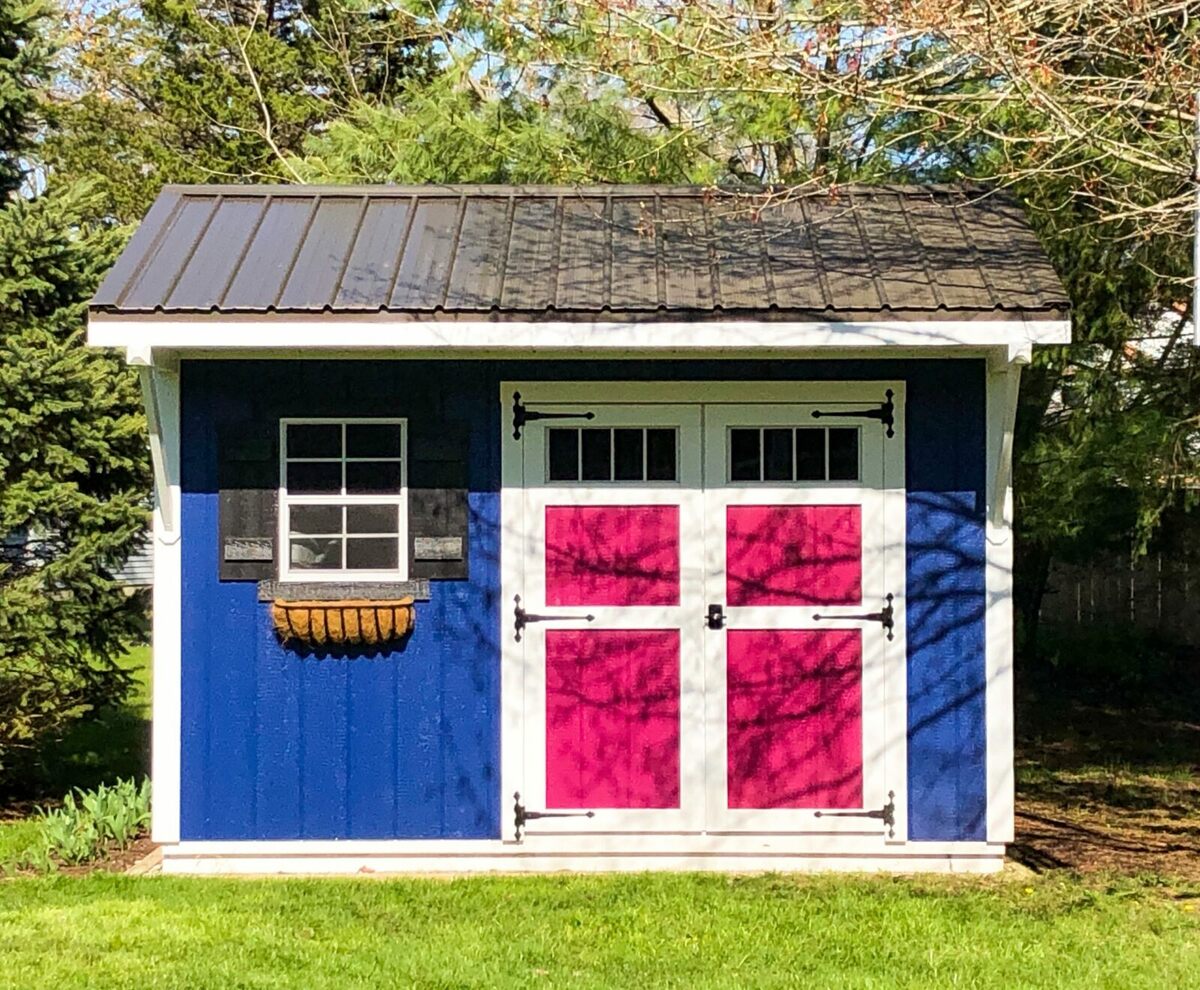
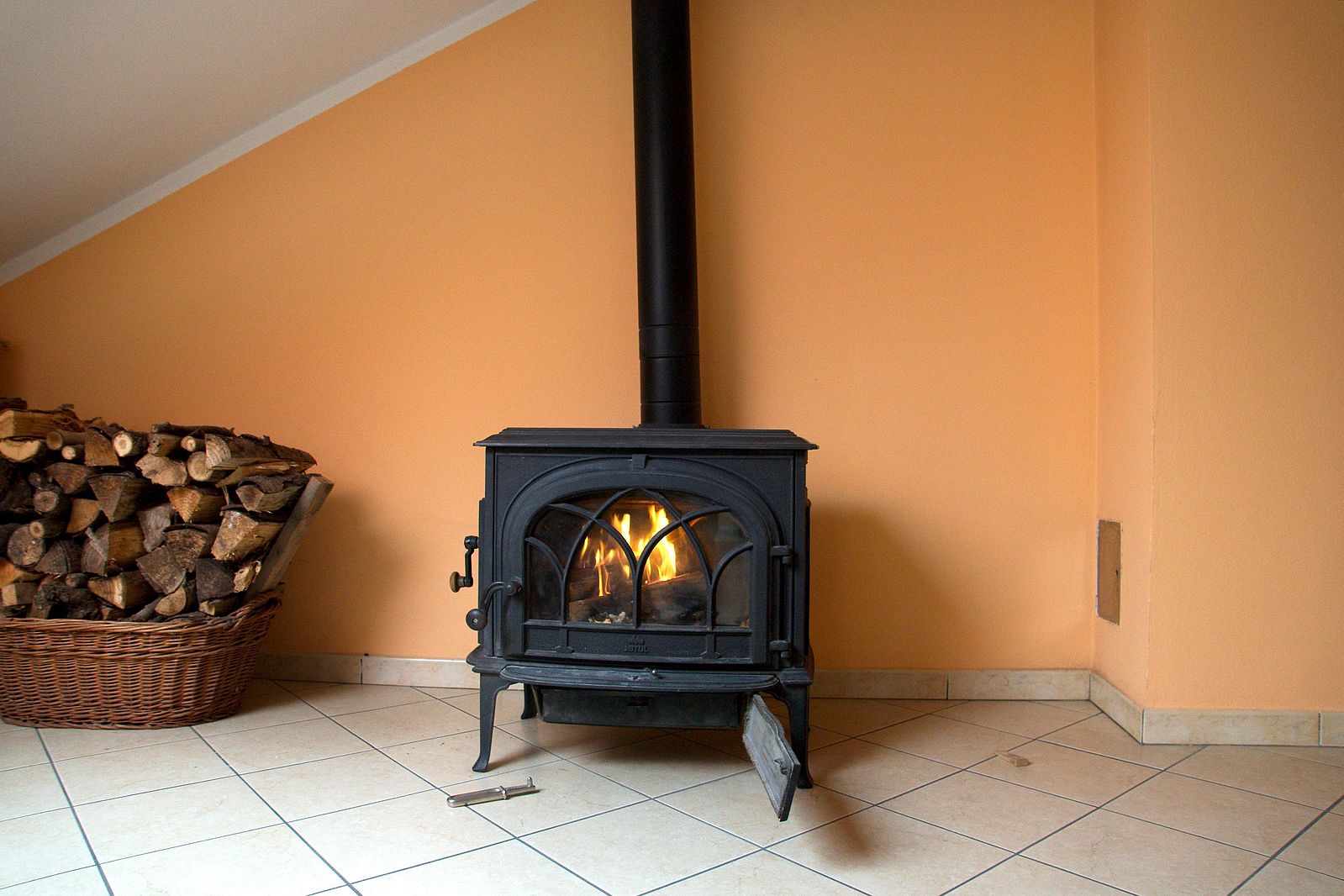
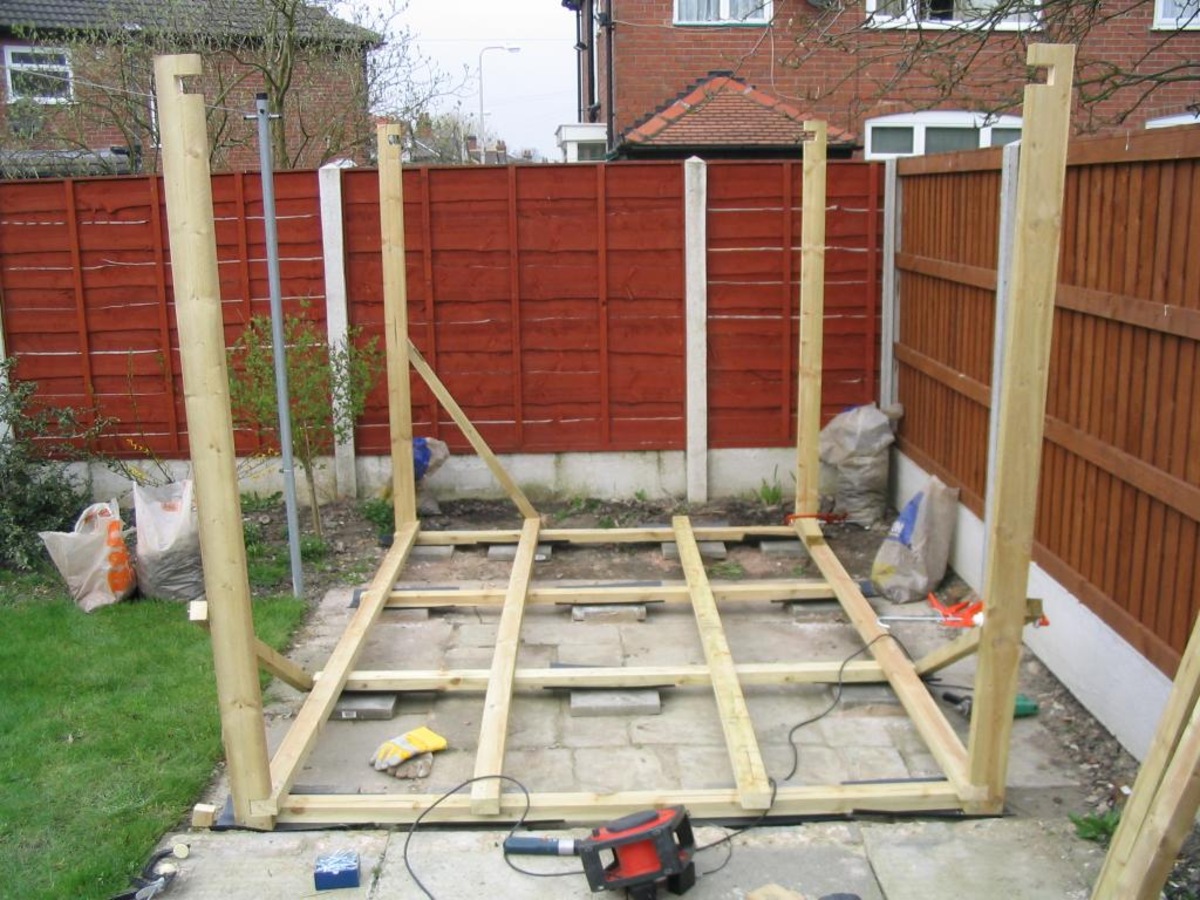
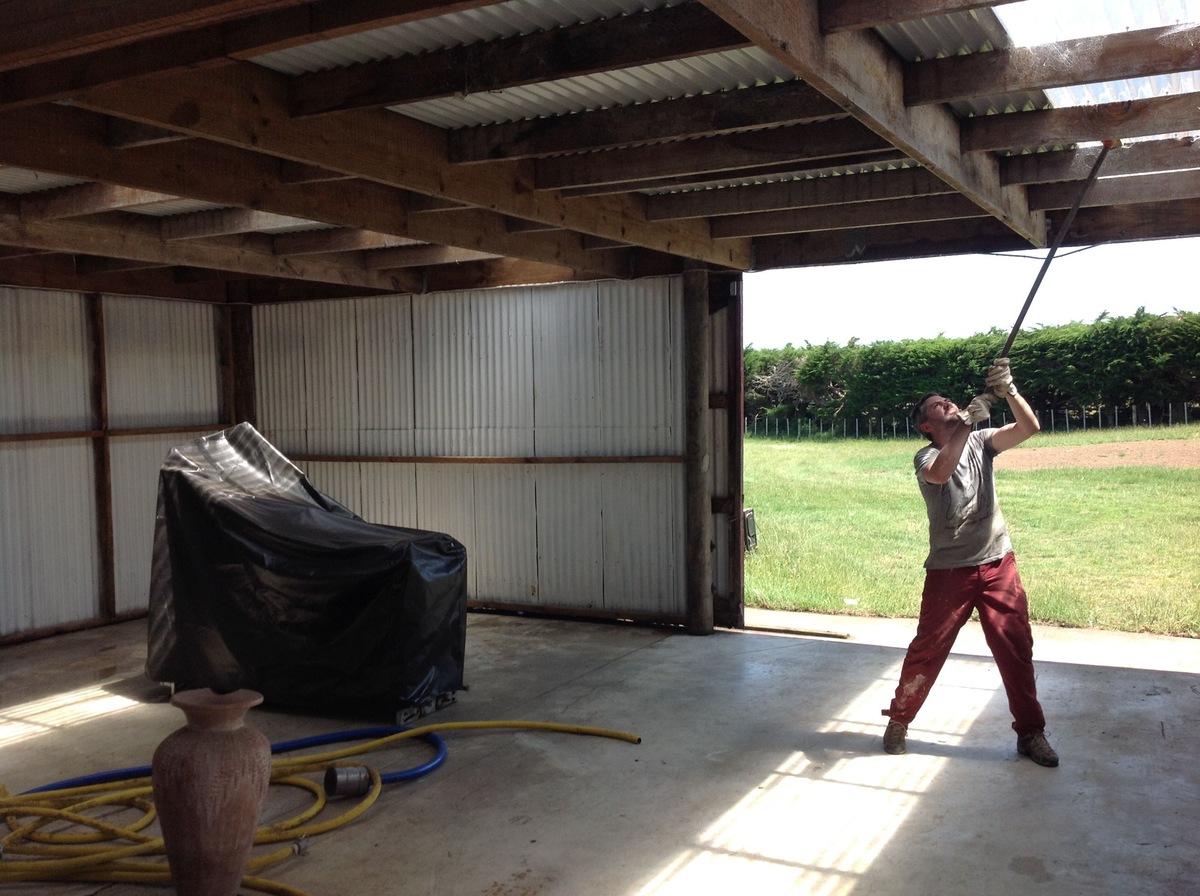

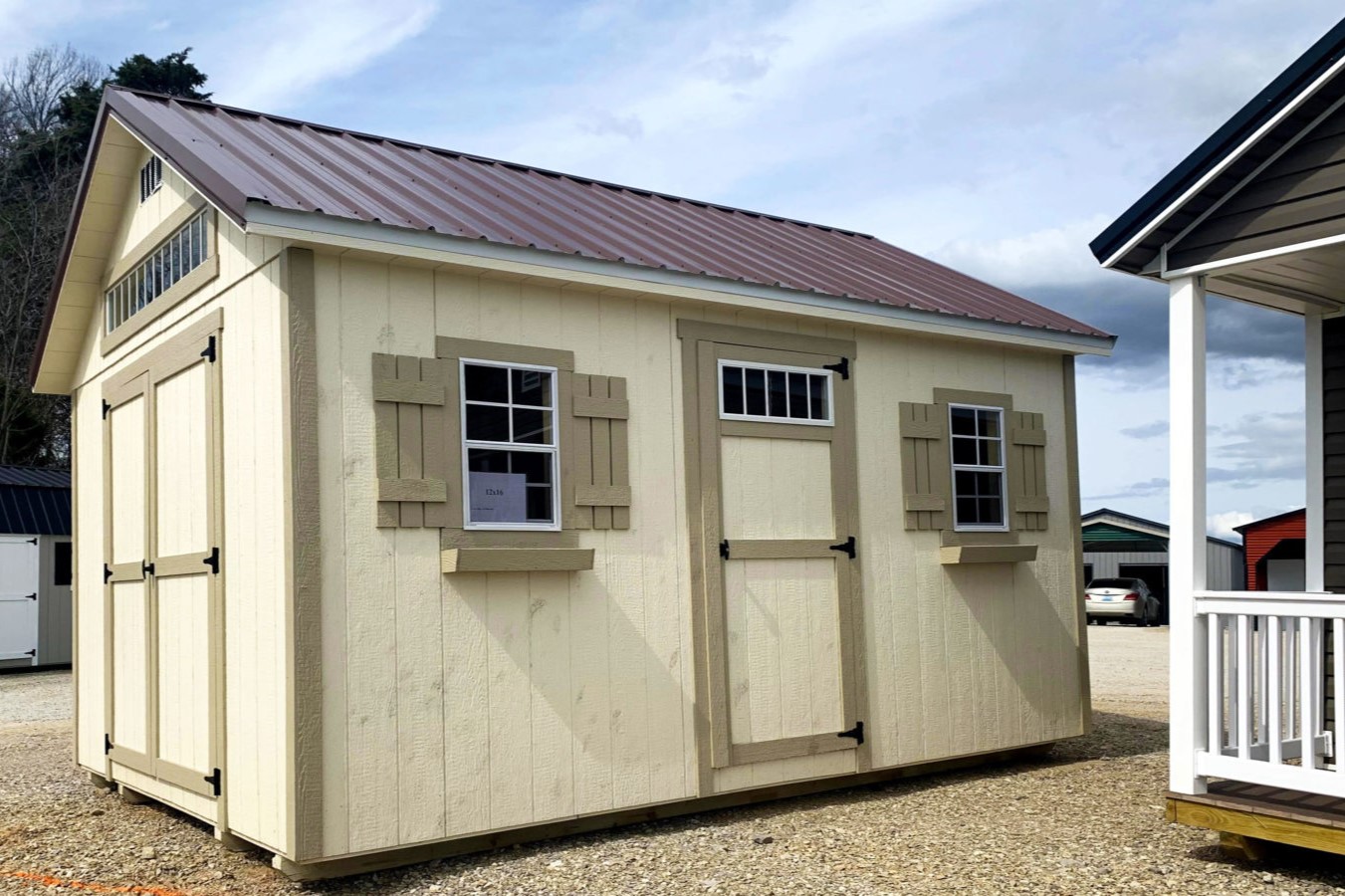
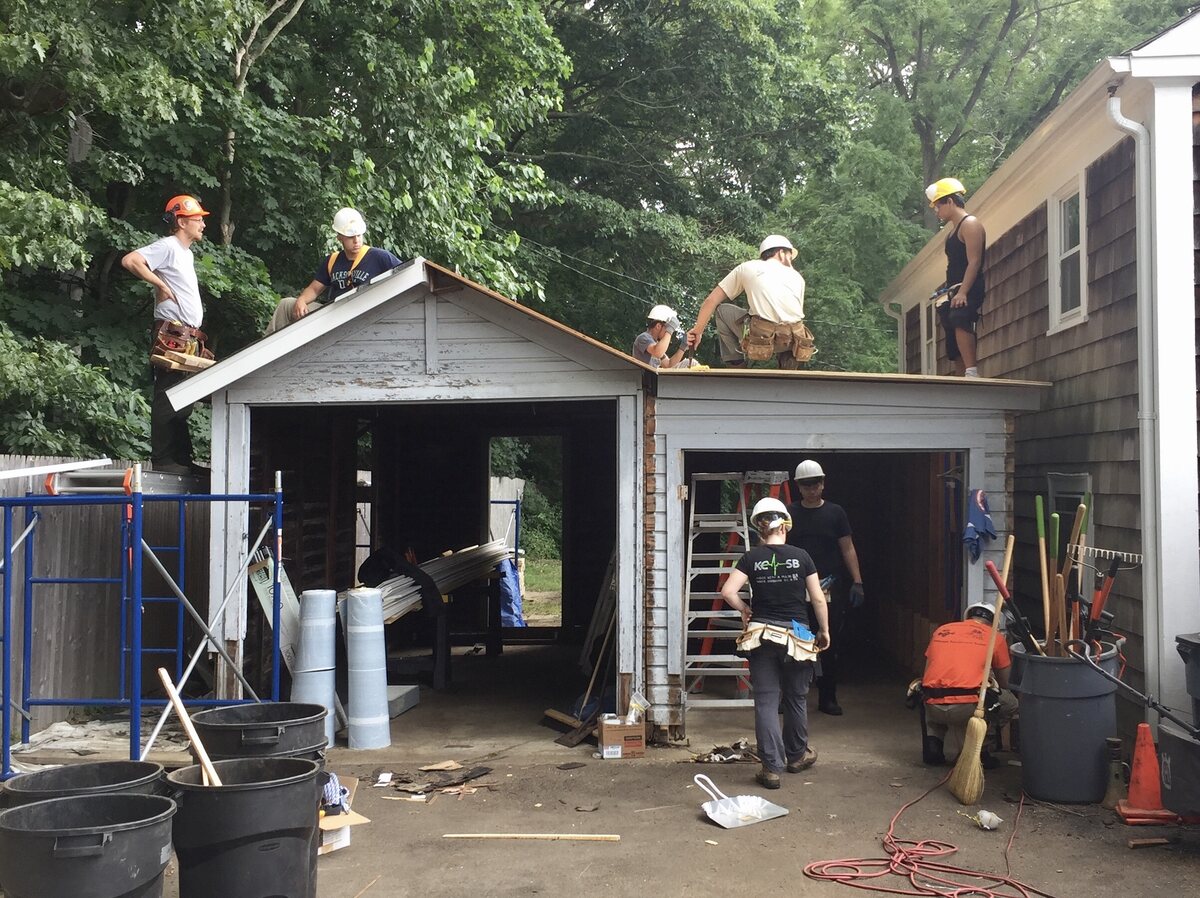

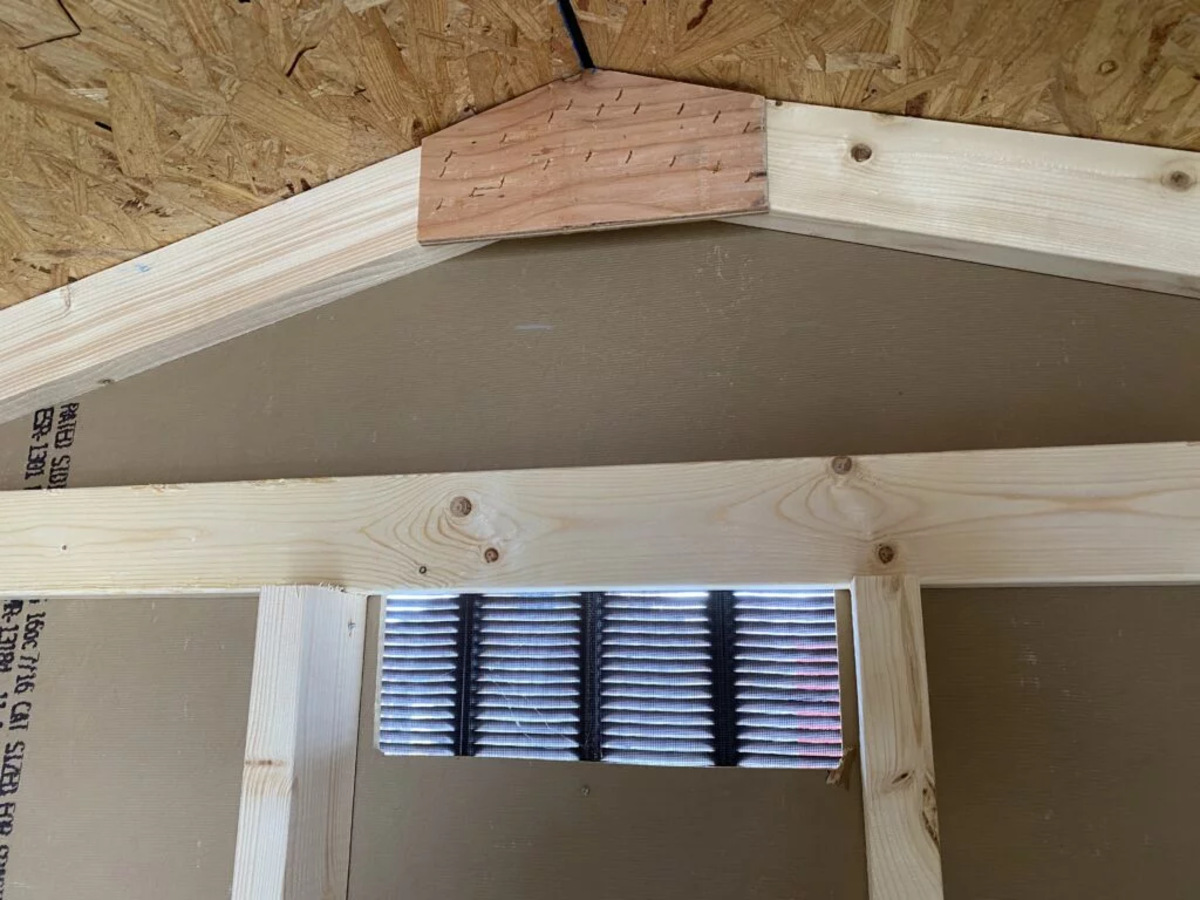
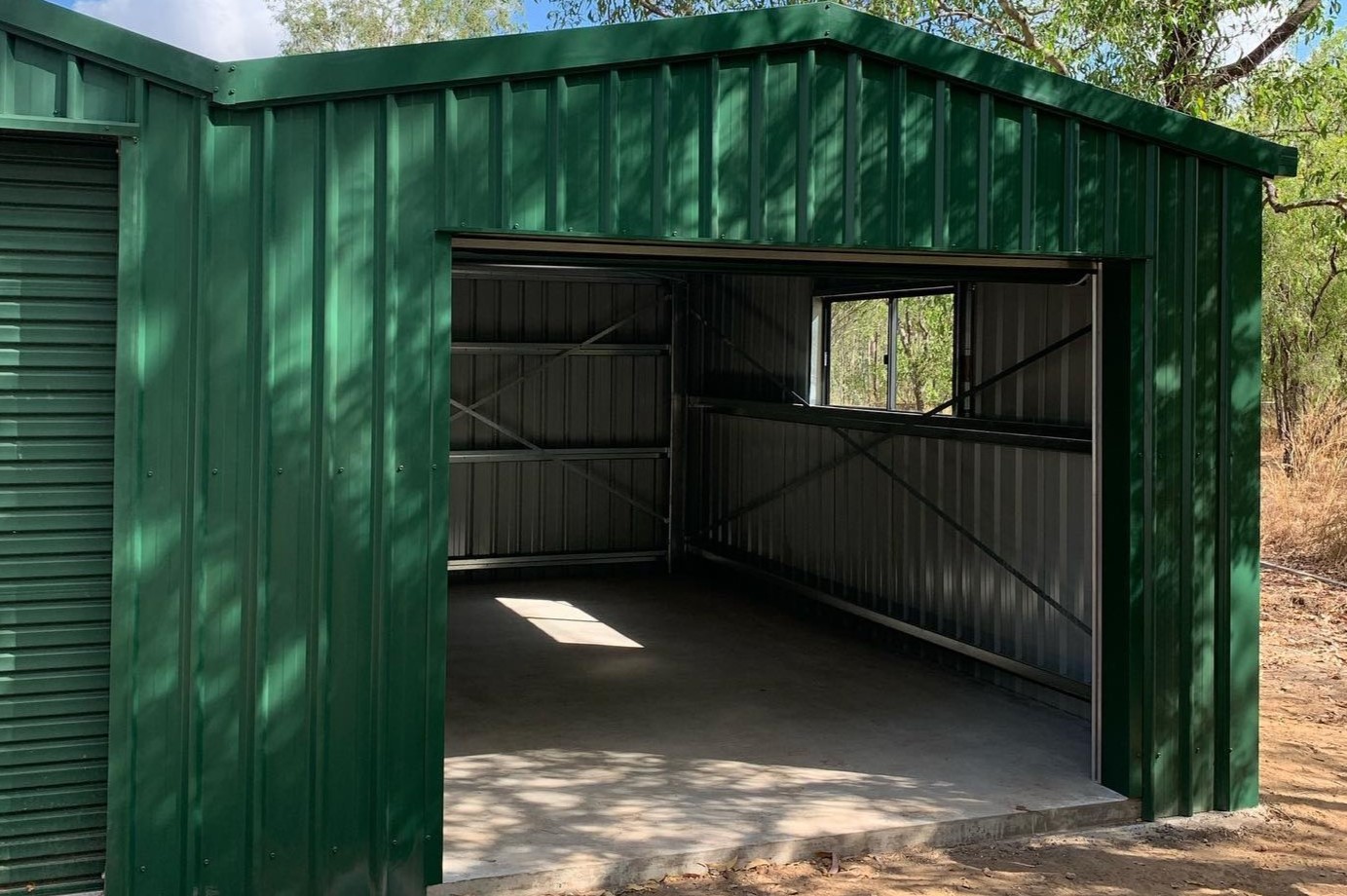
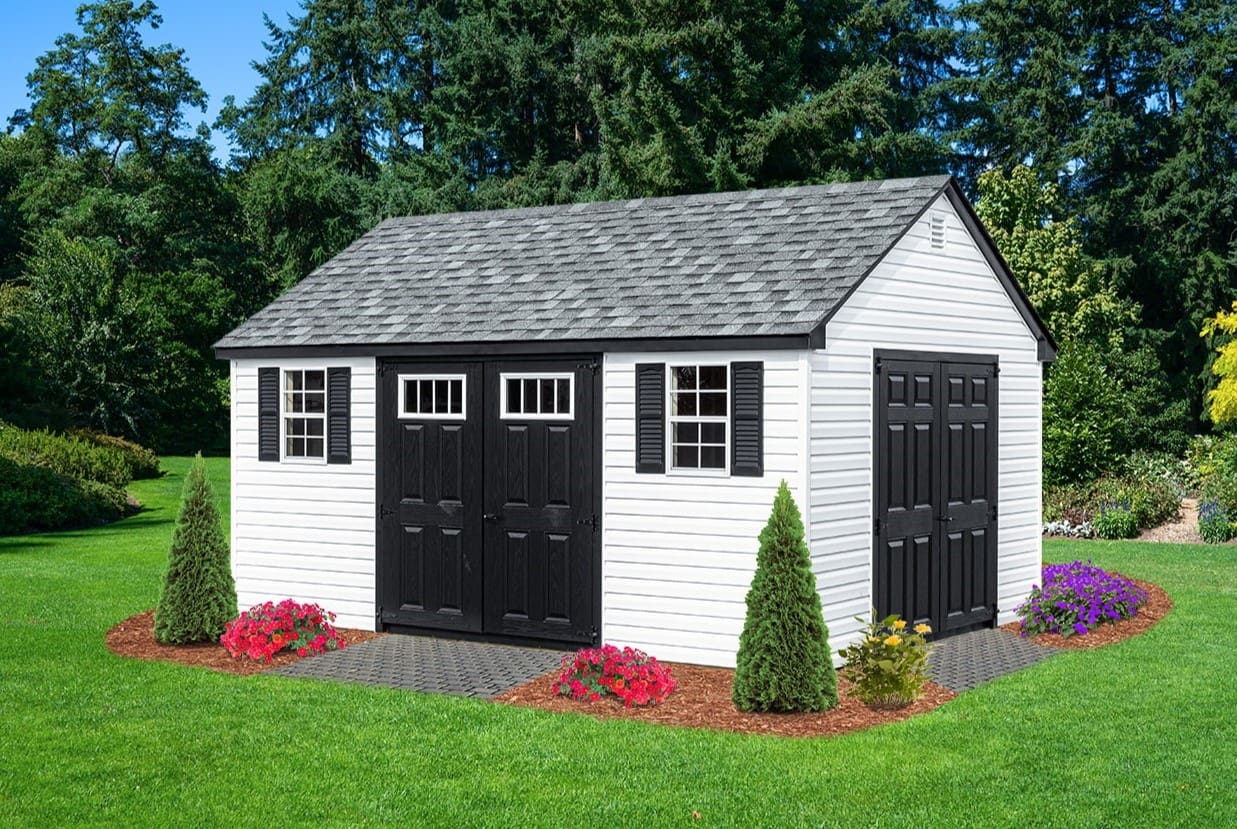
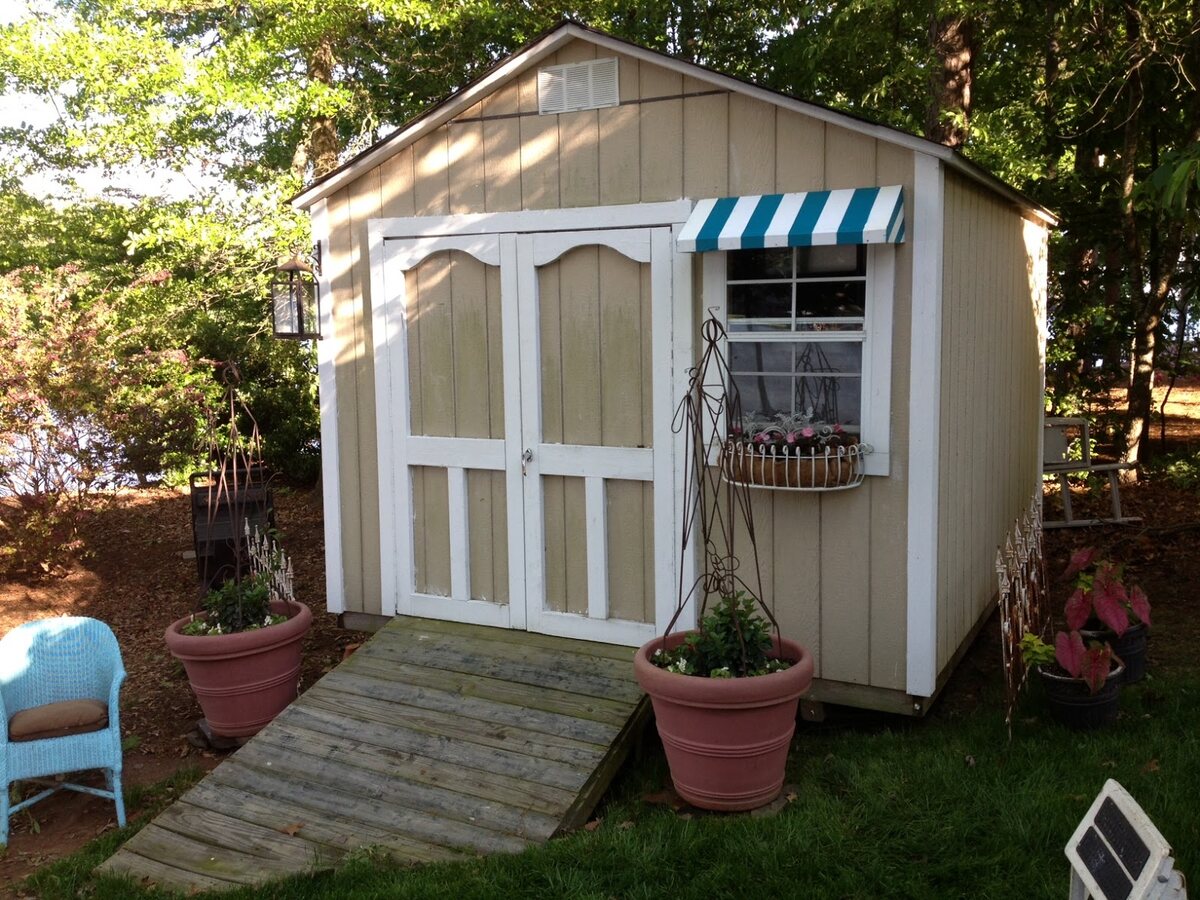
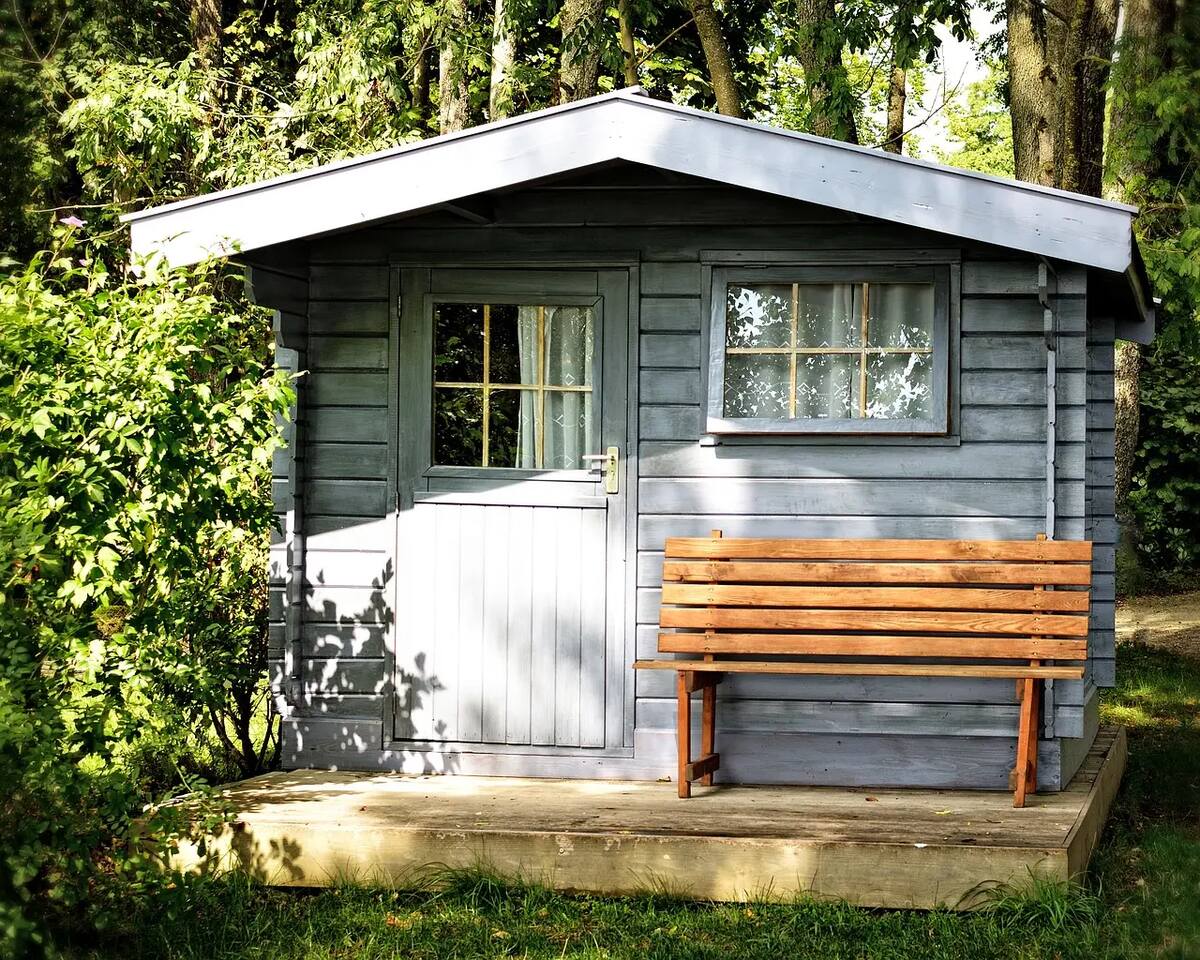
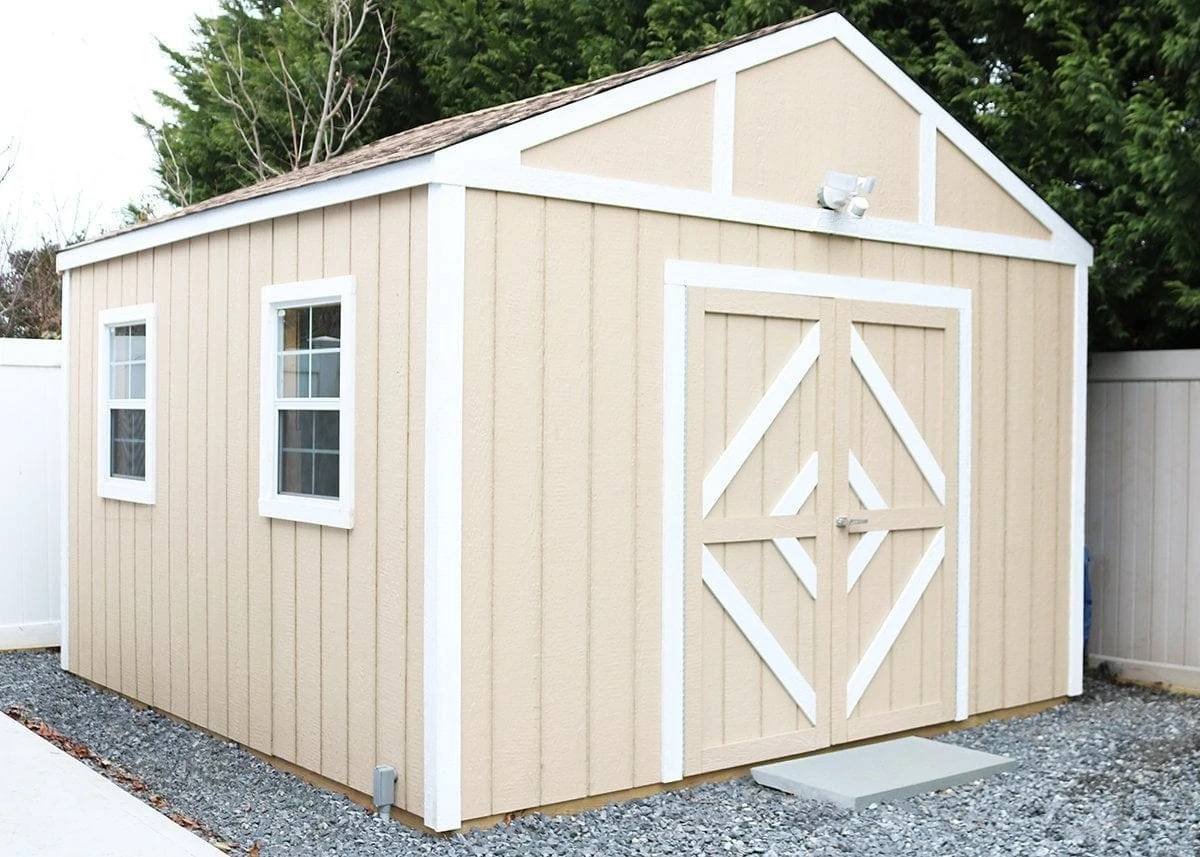

0 thoughts on “How To Heat A Shed”